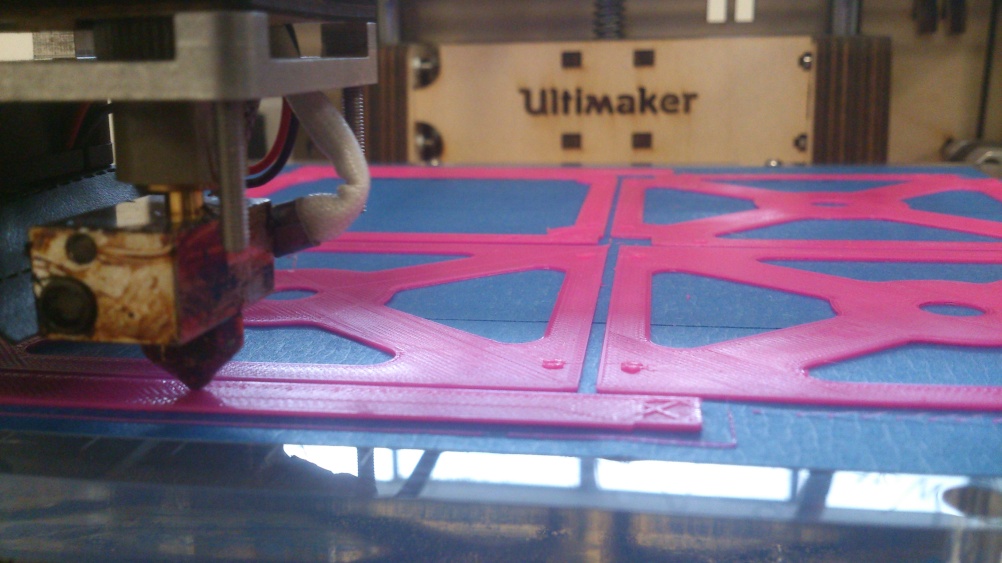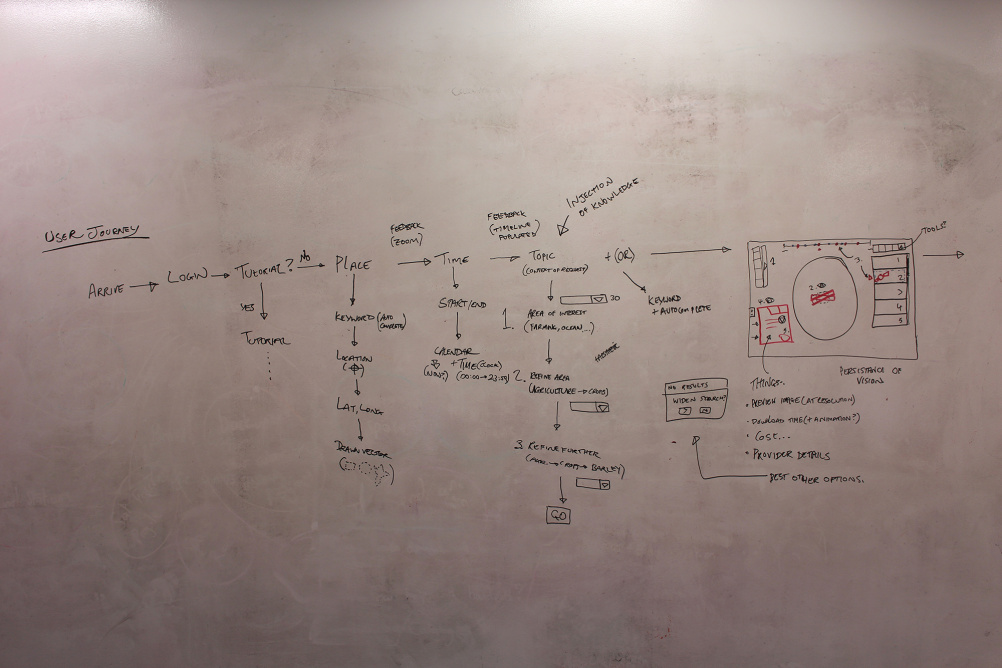How design thinking is boosting the UK satellite industry
We talk to the design team at the Satellite Applications Catapult about embedding design thinking in the Space industry.

Source: Satellite Applications Catapult
Creating a CubeSat miniature satellite
The Satellite Applications Catapult was launched in 2013 and promotes the use of satellite technology – for example to tackle illegal fishing or to help the World Wildlife Fund improve its communications.
The Catapult was set up by the Technology Strategy Board and helps companies get project funding from sources such as the European Commission and the UK Space Agency.
Based in Oxfordshire, the Catapult is aiming to become ‘a world-leading technology and innovation company’ – and says design is at the heart of this.
Sam Adlen, head of business innovation for the Catapult, says the organisation’s design team ‘has the high-level brief of bringing design thinking into everything the Catapult does’.
Adlen adds, ‘The aim is for the design team to be involved in every activity and project because of the unique thinking and approach they bring.’
Video:
Designs for the Illegal Fishing Project
The Catapult design team is headed up by design lead Dan Watson. Watson graduated from the Royal College of Art in 2011 and in 2012 won the international James Dyson Award for his SafetyNet concept – a net modification for sustainable trawler fishing.
At Catapult, Watson leads a studio that reports directly into the executive team and, according to Watson, ‘tries to bring design to all aspects of the company culture’.
Watson says, ‘This could be manifested in the way we arrange our workspace, the tools and approaches we use, or even dissemination of interesting projects and ideas from the design world.
‘The Catapult is a huge, multi-disciplinary space – something that designers are traditionally comfortable working within – and the goal is that our ways of working will contribute to this mash-up of ideas and processes.’
Adlen says the dynamic and fast-growing Space sector is a perfect proving ground for design thinking – despite this being a relatively new concept here.
Video:
Wireframe for the Illegal Fishing Project
He says, ‘The sector has been dominated until recently by big industry and heavy engineering practices. It has achieved incredible things but with the opening up of new commercial opportunities through the reduction in the cost of satellites and the ready availability of data, new thinking is needed.’
One of the design skills Adlen says is particularly important is rapid prototyping – ‘Why spend £100,000 developing a requirements document?… Failing fast and iterating is an important new mindset.’
He also identifies the breadth of knowledge that the design team has as a key resource. Adlen says, ‘In a sector with “siloed” skillsets, their ability to take thinking from A to E rather than A to B has allowed us to do more and do it better.’
Adlen points to several examples of where the design team has been critical to Catapult successes.
One is the Illegal Fishing Project, where Catapult is working with the Pew Charitable Trust to tackle illegal fishing, using satellites to monitor the oceans and individual ships. Adlen says the design team ‘was able to demonstrate the user experience and functionality of the future platform through basic prototypes’, which convinced Pew to work with the Catapult.

Source: Satellite Applications Catapult
Sketching the user journey for the Satellite Scheduler project
The Catapult is also working with the World Wildlife Fund to create a communications hub to reach remote areas. For this project, Adlen says, the design team ‘spend time with the WWF team to really understand their needs, enabling development of a concept that works in the scenarios the customer really needed.’
The design team also worked on the Satellites for Everyone programme and the Satellite Scheduler project where, Adlen says, ‘The design team have helped take a highly technical tool for a satellite expert and translate this into something that meets the needs of the non-expert.’
Beyond individual project contributions though, Adlen says it is ‘the mindset and approach of designers that is key in helping create the dynamic and innovative culture that is needed’.
He adds, ‘The design team has been hugely valuable both in changing thinking in the Catapult itself and in providing new services, approaches and thinking to our clients.’
But embedding design in the Catapult has not been a totally straightforward process. Adlen says, ‘Education is important and we have spent a lot of time internally, ensuring that people understand that design is a lot, lot more than graphics.
Video:
Designs for the Satellite Scheduler project
‘Design also needs to be given priority and not treated as an afterthought.’
The example of the Catapult is now being picked up across the other Catapult organisations in the UK. There are currently seven centres looking at issues including high-value manufacturing and cell therapy.
The different Catapult groups meet regularly and share thinking through the Pan-Catapult Design Meetups.
Adlen says, ‘The network’s end goal is to speed up the process from concept to commercialisation, and design thinking and the skills it brings are key elements… This is also an opportunity to introduce design to different industries, using the Catapult network as both a test-bed and conduit.’
-
Post a comment




